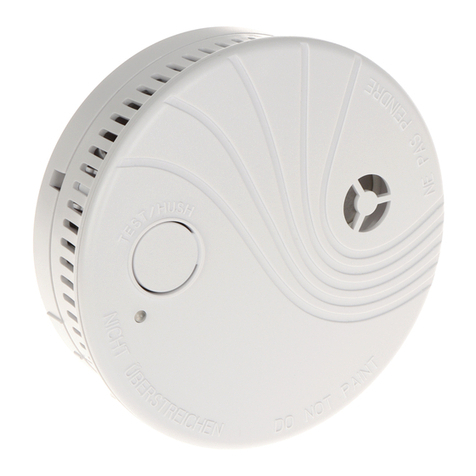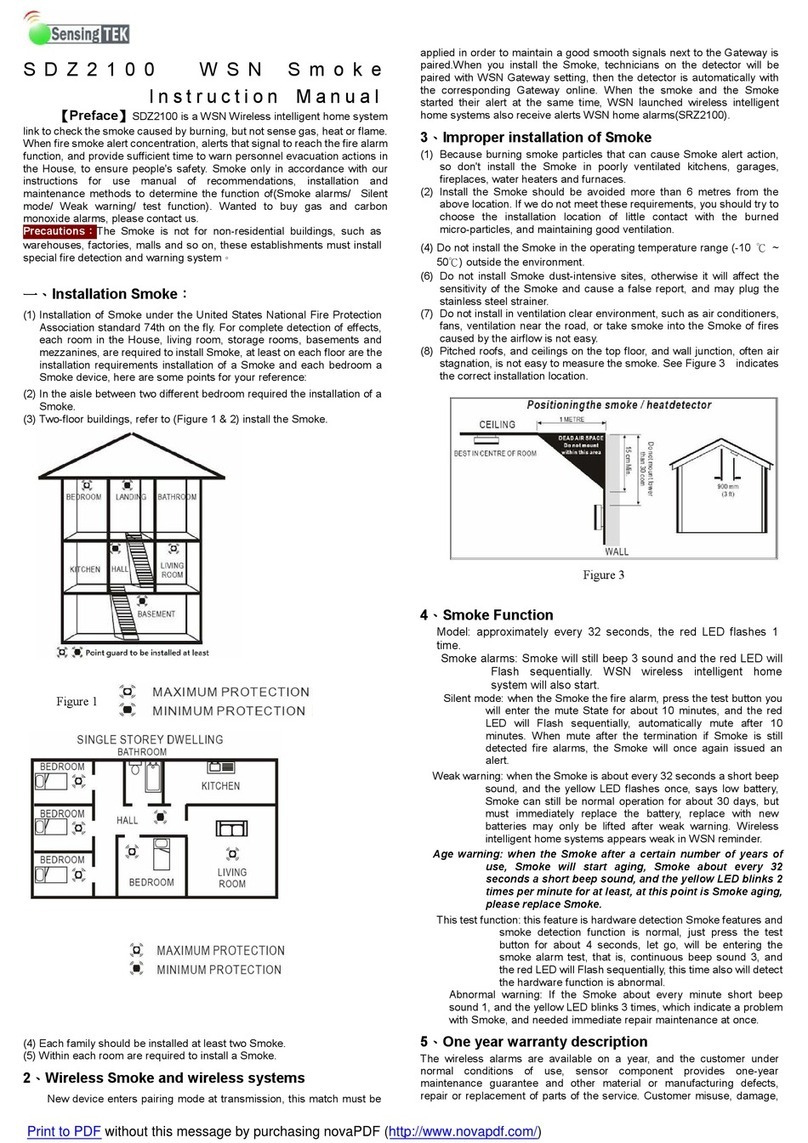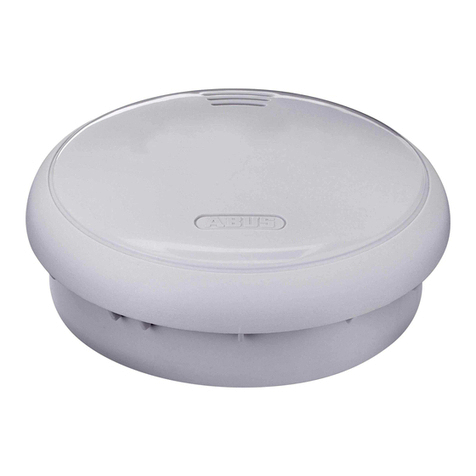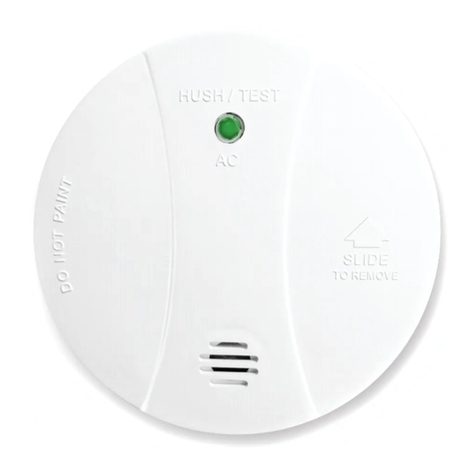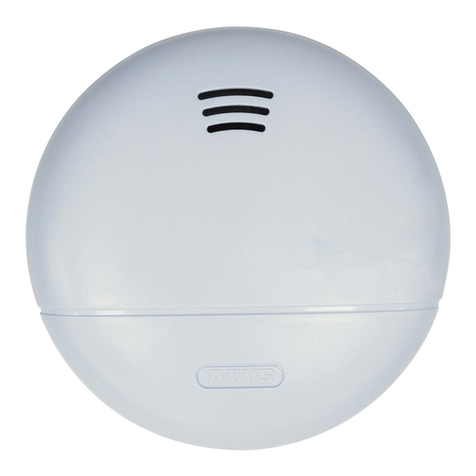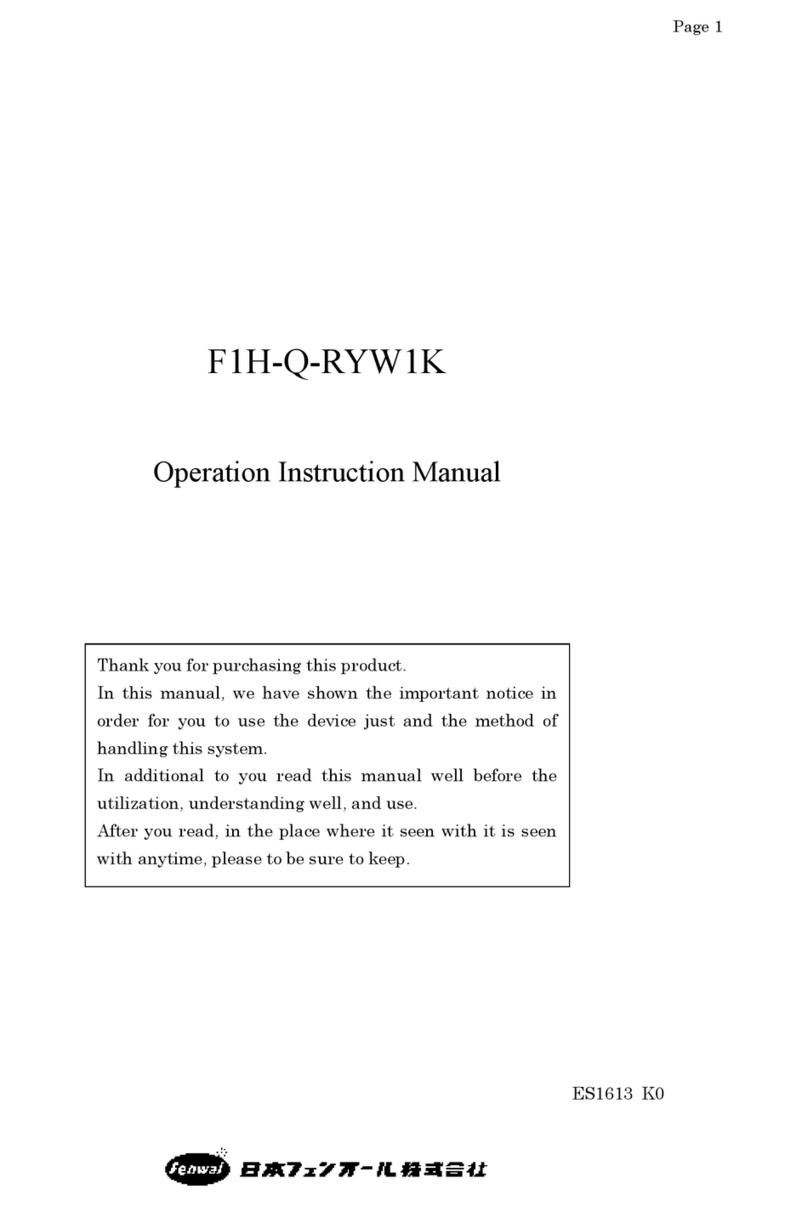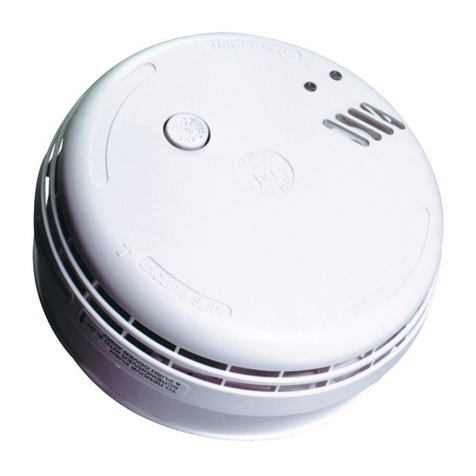Shenzhen JTY-GD-930KE User manual

Version:1024151027E
-1-
Instruction Manual of JTY-GD-930KE Point-type Photoelectric
Smoke Detecto
r
------ Please read this Manual carefull
y
before installin
g
and usin
g
the
p
roduct. -----
I. Product overview
JTY-GD-930KE point-type photoelectric smoke detector (Detector hereunder) is a two-wire
switch-type smoke-sensing detector. As a non-polar two-wire connection is adopted in the detector, it is
compatible in conventional switch-type alarm control systems and monitoring
alarm systems. The detector can also be connected with intelligent bus fire
alarm control systems via the interface module. The detector monitors smoke
concentration in the workplace in real time. While monitoring, the red indicator
blinks and the working current is low. When the work site smoke
concentration has exceeded the preset alarm threshold, the alarm detectors
and the red indicator remain on, while the loop current is increased. The
detector’s alarm signal can be locked and is displayed by changes in the loop
current. The alarm can only be reset by the instant power disconnection.
The detector is applicable in places where fire might generate volume smoke, i.e. in industrial and
civil buildings such as in the restaurant, hotel, teaching building, office building, computer room, archives
and stack room.
II. Product features
Designed with an upper cover and a lower cover, it can be installed, debugged and maintained
conveniently.
Within a single-chip microcomputer, it can process the sampling data in real-time, save the latest
144 historical data and realize a curve tracing for the field situation.
It has a temperature, humidity and dust accumulation drift compensation function.
III. Technical parameters
1. Executive standard: GB4715-2005
2. Operating voltage: DC24V ±20%
3. Operating current: During monitoring <50uA.
In alarm mode 1mA~10mA (depends on the loop current limiting resistance).
4. Working indicator: During monitoring, the red indicator blinks once per 6 seconds.
In sensor failure alarm, the red indicator blinks twice per 6 seconds
In fire alarm mode, the red indicator remains on.
5. Weight: about 100g
6. External dimensions: diameter: 100mm, height: 55mm (with the base)
7. Wiring method: non-polarity two-bus system
8. Operating environment: Indoor, temperature: -10℃~+55℃; relative humidity: ≤95% (40℃
±2℃, without condensation)
9. Installation height: ≤12m
10. Protection area: about 60m2. For details, see related provisions in GB50116-98 Code for
Design of Automatic Fire Alarm System
11. Matched host machine: conventional switch-type fire alarm control system, or intelligent bus
fire alarm control system via the interface module.
IV. Appearance and dimensions (see Fig.1)
(Unit: mm)
Fig.1
Screw cover
A Indicator
-2-
V. Use and engineering application
1. Fig.2 is the schematic diagram of the matched mounting base.
DZ-910K
Fig.2
Definitions of terminals(non-polarity
two-wire system):
1 – L2 Signal terminal
2 – L1 Signal terminal
3 – L1 Signal terminal
4–NoPin
Notes:Terminal 2 and 3 are connected
directly inside the detector. Connecting
the detector with the controller as Fig.3,
we can find the failures caused by
dismounting the detector.
2. Wiring method:
a. Fig.3 is a schematic diagram of the connection between multiple detectors with a
conventional switch-type (current type)alarm control systems.
DZ-910K
DZ-910K
DZ-910K
Fig.3
b. Fig.4 is a schematic diagram of the connection between multiple detectors with
intelligent two-bus fire alarm control system via the interface module.
Intelligent
two-bus fire alarm
control panel
L2
L1
GND
+24V
Input module
TO+
TO-
Terminal load(4.7K)
DZ-910K
DZ-910K
DZ-910K
Fig.4
VI. Installation and debugging
Determine the location, mounting distance and numbers for mounting the detectors in the protection
area according to relevant provisions and regulations of GB50116-98 Code for Design of Automatic Fire
Alarm System and GB50166-2007 Code for Installation and Acceptance of Fire Alarm System.
A self-contained complete base is necessary during the installation of a detector. As shown in Fig.5,
the model, the external dimensions, the mounting hole diameter and the mounting hole spacing of the
base are DZ-910K, Φ100mm×22mm (diameter×thickness), Φ4.5mm and 44mm~65mm respectively.

-3-
C
D
DZ-910K
B
Fig.5
Wiring requirement: It is proper to use RVS twisted pairs with a section area of equal to or larger
than 1.0mm2for the signal buses L1 and L2.
Details of the installation and commissioning are as following:
1. Use two M4 screws to fix the matched mounting base on the designated position via the
mounting holes C and D shown in Fig.5, as instructed in the construction drawing and make
sure the matched mounting base has been firmly installed.
2. Make sure the type of the detector matches the type of the host machine of the fire alarm
control panel.
3. Disconnect the power supply of the fire alarm control panel and connect the detector correctly
according to the construction drawing.
4. Place the indicator at position A of the detector (see Fig.1) and position B of the base (see
Fig.5), align them with each other, insert the detector into the base and turn the detector
clockwise until it is firmly locked.
5. After all the products are installed and checked, connect the power supply of the fire alarm
control panel.
6. When the detector is powered up normally, the red indicator of the detector will blink once about
every 3~6 seconds, which suggests that the detector has begun to operate normally.
7. Finally conduct an alarm test for the detector through some special tools or direct smoke
blowing. After the detector gives a fire alarm, the indicator will remain lit and the fire alarm
control panel will simultaneously show corresponding alarm prompt information. After the alarm
test, reset the fire alarm control panel and restore to the monitoring status.
VII. Precautions
1. The connected detectors shall be 50 units max when the JTY-GD-930KE is connected with
the intelligent fire alarm control systems via the interface module.
2. Never dismount the protective cover delivered with the detector too early after the field
installation and before the use of the detector, or else the detector may be contaminated.
3. It is not permitted to use open flames (such as lighters) to firing thermistor during alarm tests,
so as to avoid damage to the detector. It is recommended to use a hot air gun and other heating
equipment in a simulation alarm test.
4. The protection area and quantity of the detectors should comply with relevant provisions in
-4-
GB50116-98 Code for Design of Automatic Fire Alarm System and GB50166-2007 Code for
Installation and Acceptance of Fire Alarm System.
VIII. Maintenance
Warning: Before conducting maintenance for a detector, inform the related management
department that the monitoring will be stopped temporarily when the system maintenance.
Meanwhile, disable the logic control function of the area or system to be maintained to avoid
unnecessary alarm linkage. After the test, inform the management department to restore the
normal functions of the system.
1. According to the requirements of GB50166-2007 Code for Installation and Acceptance of Fire
Alarm Systems, each quarter, some special testing instruments should be used to test the
detector’s operation and confirm the indication state of its indicators by batch and stage; for a
detector that has been installed and used, It is recommended to have it maintained once every
two years.
2. Operating environment has a great influence on the performance of the detector. If the detector
is installed and used in a place where its normal use is easily affected by dust, high wind speed
and other factors, its maintenance period should be shortened.
3. If a detector fails due to a material defect or a manufacturing process defect under normal
conditions of use in one year following the date of its delivery, we shall repair or replace it for
free. However, the faults of the detector due to artificial damage, improper use, or authorized
adjustment, reconstruction or disassembly are not covered in the guarantee and we shall
assume no responsibilities for any the consequence thereby caused.
4. We may provide paid repair service for products with any faults beyond the guarantee range. If
you have such products that need repair, please contact us. When sending such a product to
us for repair, you are expected to provide some important information about the product, such
as the phenomenon and possible cause of the product fault, so that we can find out the cause
of the fault in the shortest time and so the information may be used as a reference in our future
product development and improvement.
IX. Fault analysis and troubleshooting
Failures Causes Methods Remarks
Alarm after powered
up
There is a great deal of
smoke dust or steam in
the room
Power up again after the smoke,
dust or the steam is eliminated
Internal circuit is broken Return to the manufacturer for
repairs
The labyrinth is seriously
contaminated Clean the labyrinth of the
detector
Cannot work after
powered up Internal circuit is broken Return to the manufacturer for
repairs
Bad contact to the base Inspect and reinstall the base
The Indicator blinks
twice per 6 seconds
after powered up The sensor has failed. Return to the manufacturer for
repairs
Cannot alarm
during test Internal circuit is broken Return to the manufacturer for
repairs
Address:3F, Guangcai New World Building, Nanshan Road, Nanshan District, Shenzhen, 518054, P.R.China
Tel:+86(755)86226969 Fax::+86(755)86223939 Http://www.fhsjdz.com
Popular Smoke Alarm manuals by other brands

Climax Technology
Climax Technology SDCO-1-RhTH-ZW-SC-AC manual
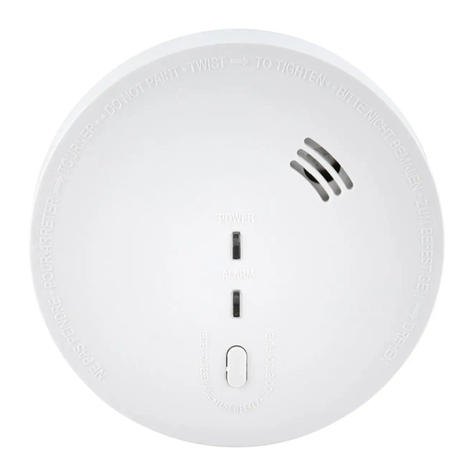
Alecto
Alecto SA-240 manual

Fike
Fike 63-1052 Installation and maintenance instructions

Honeywell
Honeywell Fire-Lite Alarms SD365R Installation and maintenance instructions
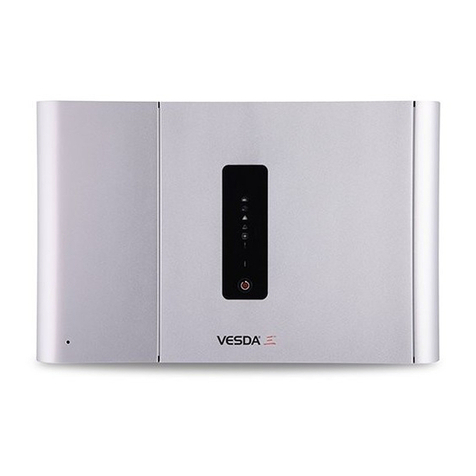
FlameStop
FlameStop VESDA-E VEU-A00 Product guide

System Sensor
System Sensor FAAST user guide

